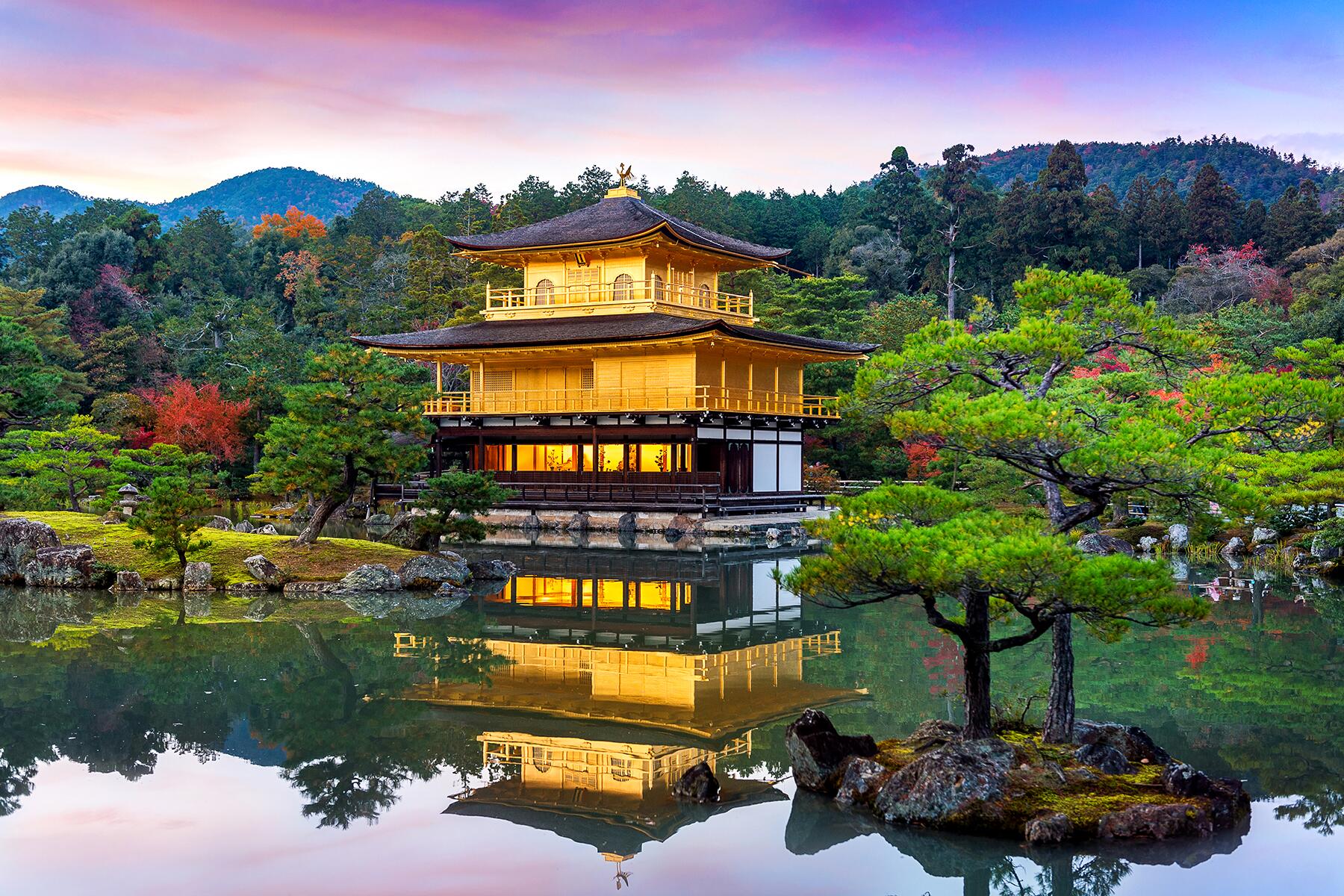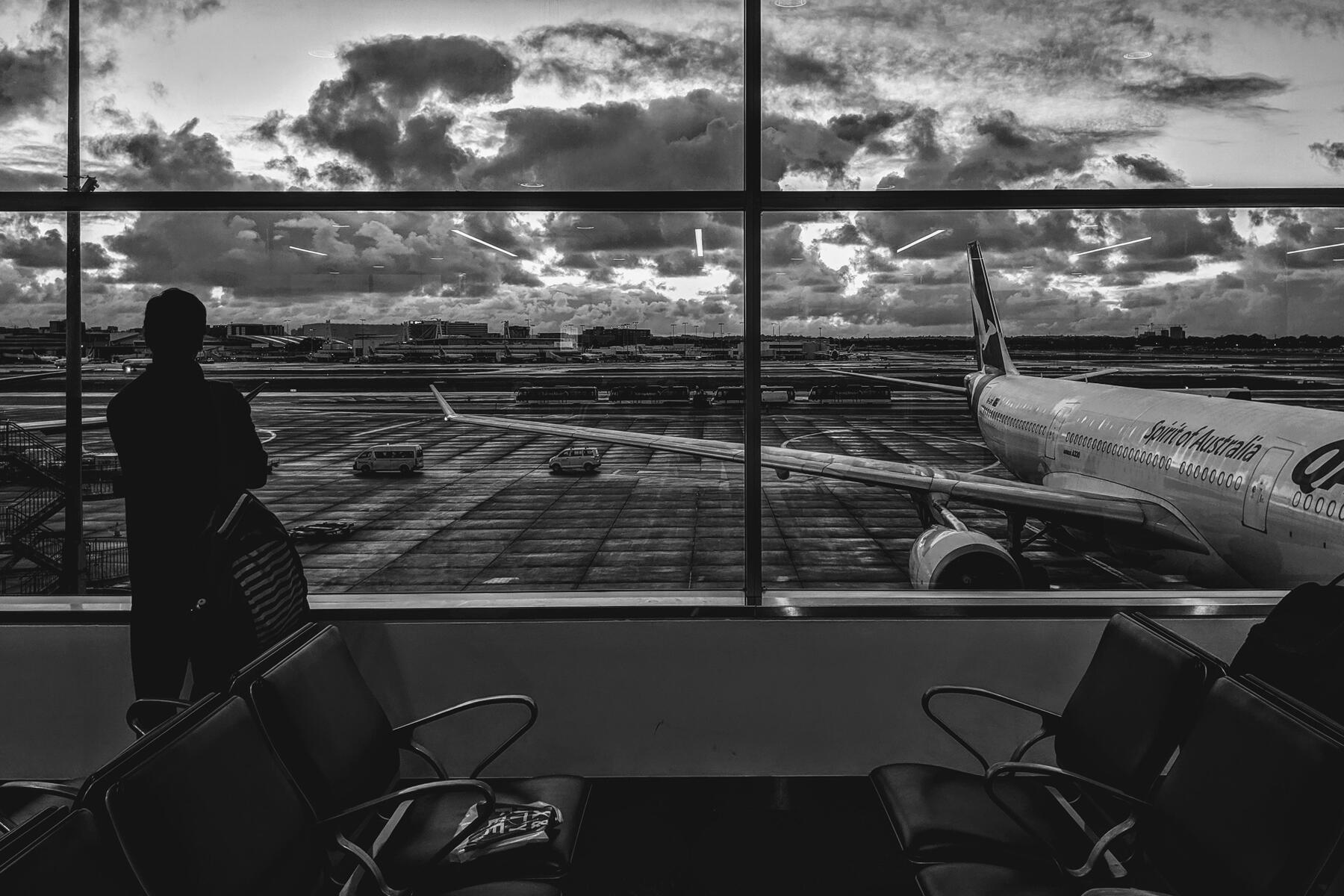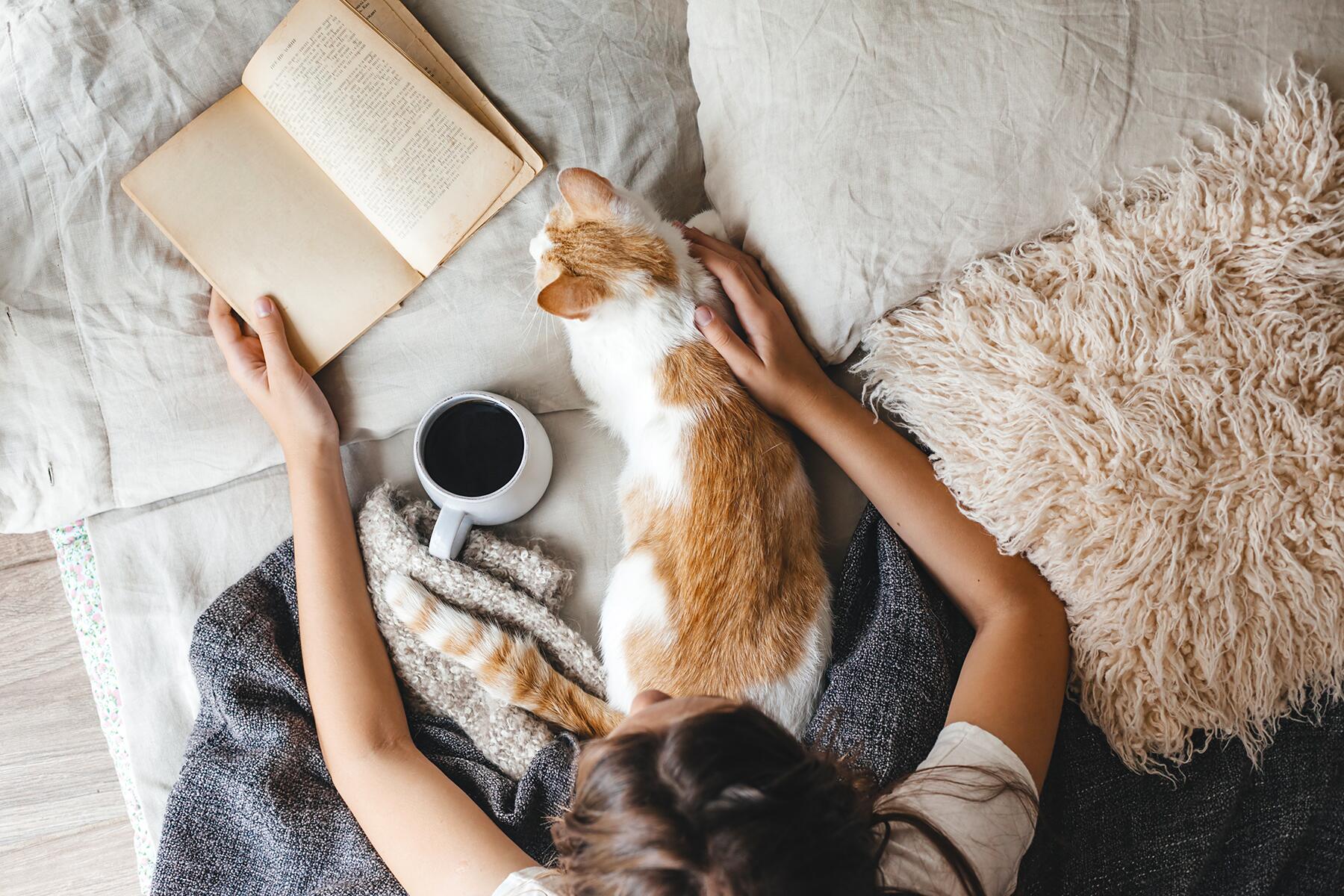It involves more than cozy socks.
In those first foreboding days of the COVID-19 pandemic, as countries declared full lockdown measures, a certain dark humor circulated in Danish-expat Facebook groups. While many people throughout the world became prisoners to their couches (and Netflix subscriptions), the Danes, a valiant lot of 5.8 million occupying their perpetually gray and flat kingdom of Denmark, were finally in their element. Barely leave home, make home-cooked meals in candlelight while donning fuzzy socks, sans small talk with strangers? Why, this isn’t a punishment at all. This is hygge!
Well, at least that’s how it’s customarily summed up, packaged digestibly for clickbait. And that was my simplistic understanding for years. But once I gained my Danish residency, I knew it was time to break the seemingly impenetrable cultural barriers that arise when moving to a foreign land as an adult. One such barrier? Grasping this concept of hygge (pronounced HOO-gah) beyond the woolen socks.
I know what you’re thinking. Hygge?! You’re behind the times. 2016 was the year of hygge! But let’s be real: Lighting candles and sitting under a blanket isn’t some Danish secret, and Americans need to stop fetishizing “taking it easy.” What is true hygge? What could an American version of hygge look like? And can we dive deeper and embrace further winter pandemic lockdowns with behavioral change?
Recommended Fodor’s Video
How Did Hygge Come to Be?
When I acquired residency, my Danish husband gifted me The Little Book of Hygge, a best-selling, illustrated guide to all things Denmark by Miek Wiking. While the book helped me understand what this concept was all about, I wanted to talk hygge—and its origins—with the author firsthand.
“There are many theories about where the word hygge comes from, and as of now, we do not know for certain,” Wiking explained to me. It most likely derives from the ancient Norwegian term hyggia, which translates to “to comfort” or “to console.” “Hygge is a cornerstone of Danish culture which represents the pursuit of everyday happiness through embracing the small things in life that matter,” Wiking said.

This was a good start, but I needed more. So I chatted with Jeppe Trolle Linnet, an expert on Danish hygge and consumer culture.
He explained that hygge became integral to life long ago to cope with Denmark’s economic structure and climatic conditions. Like other countries in Scandinavia, the 19th century sparked a Danish cultural revolution. As farmers acquired burgeoning access to education, middle-class mindsets that valued economic equality and the eradication of strenuous conditions for the majority were prioritized. “This mindset transcends philosophies and is implemented in every facet of society, including higher taxes for the wealthy and the ‘Jante Law,’ an unspoken cultural rule that everyone is equal,” he said.
Linnet further remarked that when Denmark lost all of its colonial territories during this period, Danish writers began idealizing being a small nation—thus, being cozy and authentic became virtuous.
Americans Have Hygge All Wrong
The global narrative surrounding Denmark has been dominated by hygge since it was first introduced to the media in 2016, explains Linnet. “It is this strange mythology about Denmark and much of the global audience accepts it. Some Danes even falsely perpetuate it.”
Linnet warns that one global misconception is that consumerism will magically equate more hygge in your life. But no, following a specific cake recipe or buying that incredibly cozy pillow does not alone do this. Miranda Hinkle Young, an American expat living in Denmark, now better understands the concept and agrees. “To me, hygge isn’t and shouldn’t be about physical items,” she said. “Those are a means to an end. True hygge is about finding what it is that makes you happy and making time just for that with no distractions.”
The heartbeat of hygge, Linnet reiterates, “lies in a larger set of priorities that dictate how we live our lives, approach solutions, or walk away from situations and just be ourselves.”
Linnet warns that one global misconception is that consumerism will magically equate more hygge in your life. But no, following a specific cake recipe or buying that incredibly cozy pillow does not alone do this.
Wiking also believes that there is a correlation between hygge and happiness, citing the Scandinavian welfare model that often serves as a source of inspiration for other countries on how to increase their citizens’ quality of life. Americans are often quick to note Denmark’s comprehensive safety-net that the state offers to Danish citizens, the trust Danes have in the political system and one another, as well as their well-functioning work-life balance.
“Our social relationships are one of the most important factors for happiness,” he says, “and Danish culture fosters good relationships, through both its policies and the culture of hygge.”
How to Hygge in the Pandemic—Even Over Zoom
Let’s face it, the dismal Danish winters where darkness can stretch on for 17 hours can be challenging to withstand. “Before the pandemic, Danes have used hygge as a ‘survival strategy’ for the long winter,” Wiking explains. “During this time in which we must spend an increased amount of time indoors, practicing hygge can be an attempt to make the best of the conditions we are in.” Sound familiar? Through the seemingly endless challenges presented by the COVID-19 pandemic, hygge has been transformational as a means to seek comfort.
Linnet believes that we can still experience genuine hygge throughout the lockdown, even with limited social opportunities.
“Who we choose to gather with [during the lockdowns]—whether for the rare socially-distanced walk or to grab a cup of coffee—matters that much more.” With fewer opportunities to socialize, Linnet says we are innately prioritizing those that emit warmth. He also believes we are learning to cherish the social interactions we still have. Instead of small talk, we train ourselves to prioritize meaningful interactions, set apart proper time to let conversations develop, and be attentive to what others say.
Wiking’s suggestions for hygge throughout a pandemic winter? “Socially-distanced walking in nature with loved ones, creating a cozy, relaxing atmosphere to spend time with those we live with, and cooking and enjoying good food—giving ourselves a treat.”
And—in proper pandemic form—Linnet assured me we can still hygge over Zoom. Setting aside time on a workday where we can be present with separated relatives, friends, and loved ones will make us that much (figuratively) closer. But, keep the camera on for more authentic social interaction.

Justina Thorning Clarke is half Danish and grew up with a hygge mentality, even throughout her childhood in the states. She has been home since March 2020, and besides making her surroundings as hyggeligt as possible—with fresh flowers, candles, and whiffs of freshly baked cookies—she has also followed Linnet’s advice. “Hygge has meant doing little things to keep my spirits up,” she told me. “I also try to talk as often as possible on the phone or video with friends and colleagues, and many have expressed that because they don’t see me, they prefer to call instead of text because it is more hygge.”
Nanna Syberg, a Dane working at trendy Hotel Sanders København, reiterates not only the importance of cooking together in lockdown but finding joy partaking in “practical [chores] together, like cooking, laundry, shopping, and making the home look warm and personal.” She also stresses gathering family around the dining table to share meaningful conversations with sustenance. If Americans can learn to enjoy sharing responsibilities and everyday tasks with loved ones throughout lockdown, they are en route to hygge.
Additionally, without the commutes, traffic, and business travel of pandemic lockdowns, we may already be living a more hygge lifestyle in the States than we realize. “The work-life balance in Denmark allows Danes to make time for hygge…spending time together with loved ones has an important effect on our happiness,” said Wiking.
So don’t rely on those cozy socks for a sensation of hygge. Instead, consciously reflect on all your blessings, like love, connection, and shelter, explains Wiking. “It’s spending quality time with loved ones, being present, engaging, and listening. It’s taking care of yourself and creating an environment you can relax in.”
And it was Wiking’s final words that resonated markedly for me: “The essence of hygge is embracing the small things in life that matter. Hygge is about the now: how to enjoy the moment and make the best of it.” And with this enlightened mindset, I forge ahead, equipped to brace—perhaps even enjoy?—our pandemic winter.





I suggest the author travel more to grow to appreciate how many different cultures around the world value and practice togetherness and coziness and humanize their envivironments beautifully and that no one is "doing it wrong" and that there are more ways to appreciate coziness than the Danish way... I did notice a srong pressure for conformity while living in Denmark that was a culture shock...